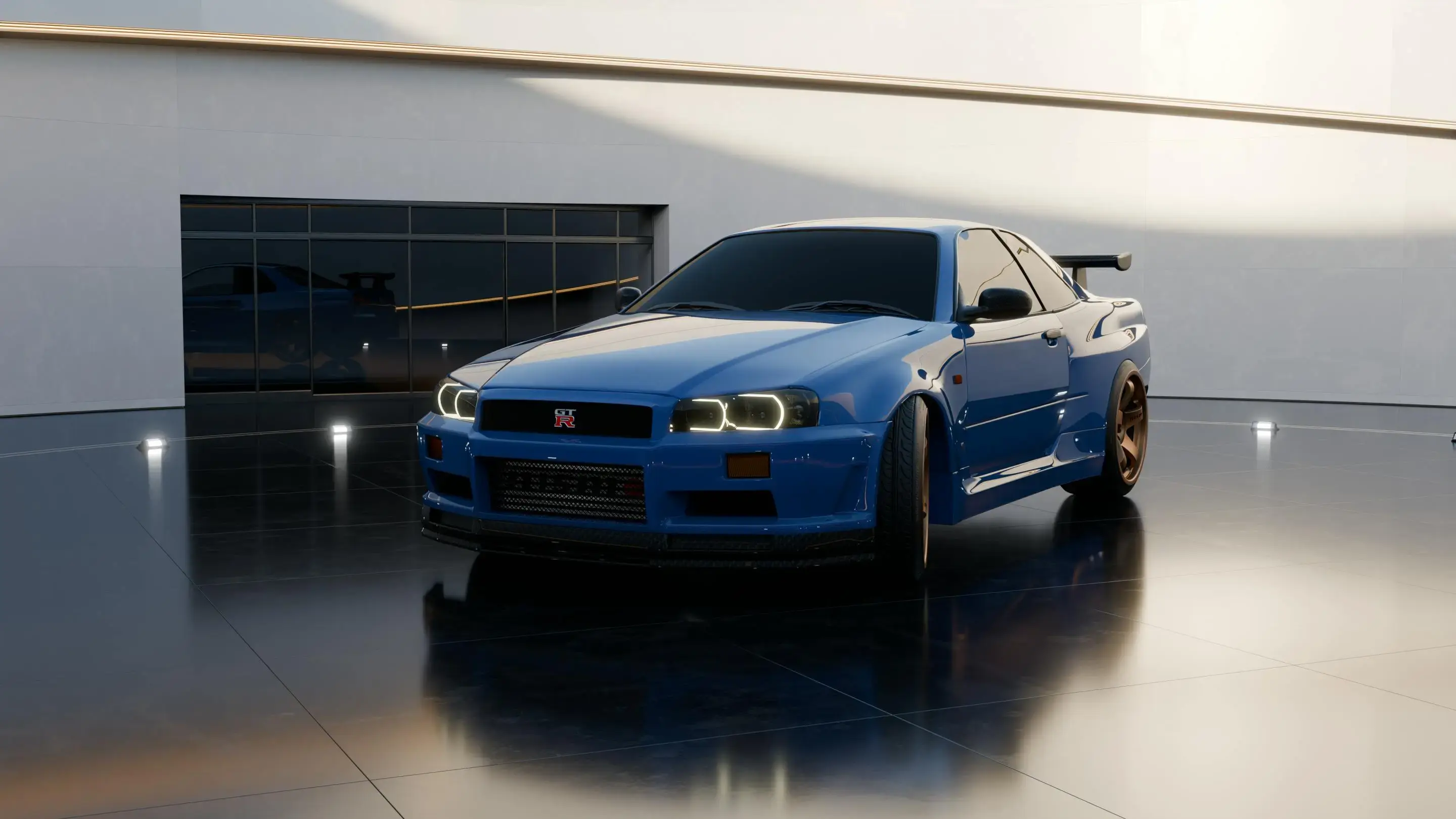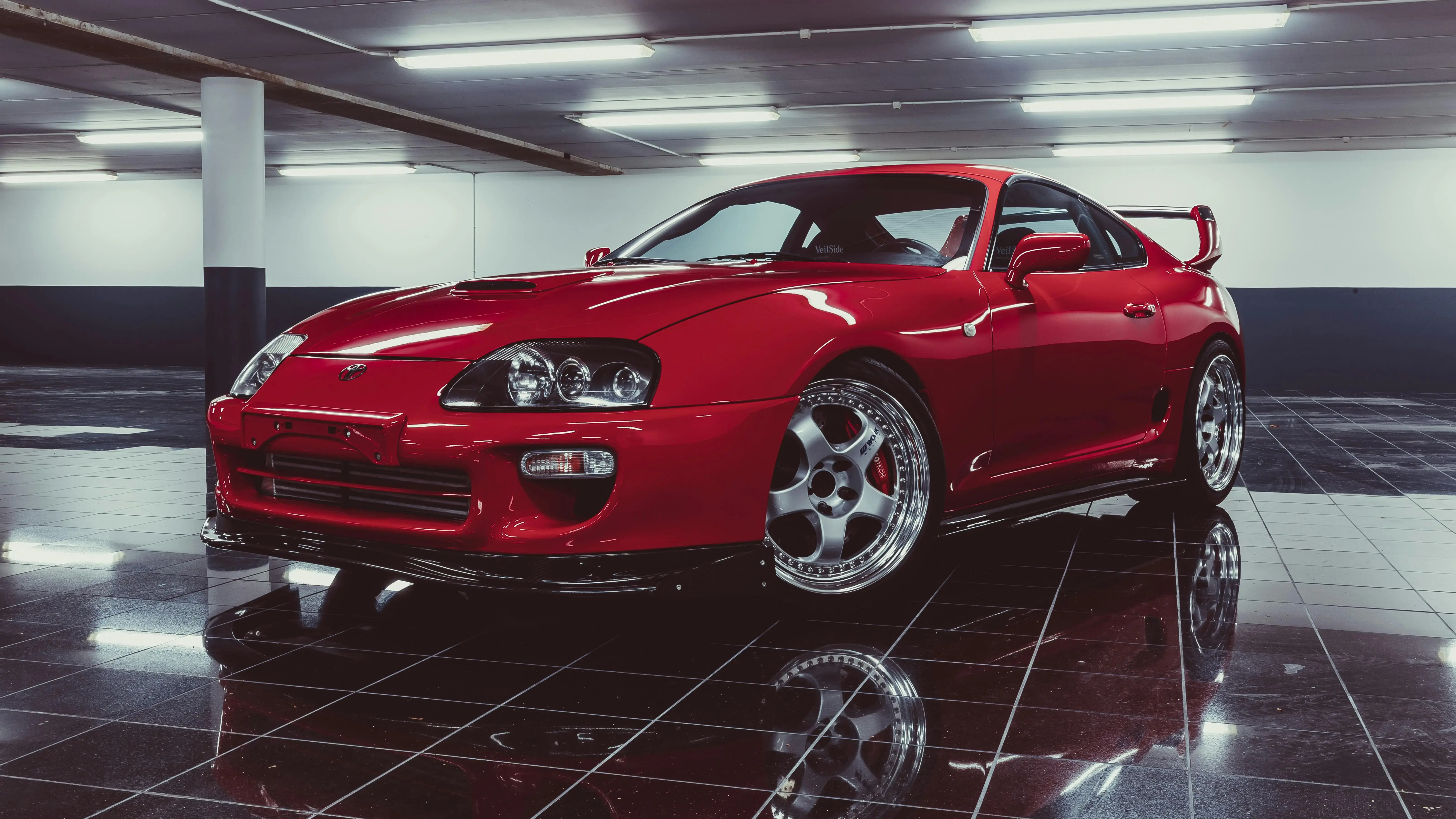2025 US Import Trends: Containerized Car Import Report
The 2025 US car import scene is defined by two powerful forces moving in opposite directions:
-
High import tariffs are still in place, keeping landed costs elevated.
-
Containerized car volumes have stabilized for serious buyers, especially collectors and enthusiasts who see long-term value beyond short-term tariff noise.
From January 1 to October 31, 2025, our container data from 14 key origin countries shows over 12,000 cars imported, compared with roughly 33,000 in the same period of 2024. New mass-market imports have dropped sharply, but high-value classics and specialty vehicles continue to move.
Meanwhile, all eyes are on Washington, D.C., where a major Supreme Court case on presidential tariff authority could reshape how auto duties are set in the future.
Tariffs Today, Court Case Tomorrow
The US Supreme Court is expected to rule on a key tariffs case in late June 2026. The case challenges how much power the White House has to raise or maintain tariffs on imported goods, including vehicles.
Nothing changes for importers today—current auto tariffs remain in effect—but the ruling could:
-
Open the door to lower, more predictable import duties, or
-
Confirm the current system and lock in today’s higher rates for years to come.
For importers, dealers, and investors planning purchases into 2026 and beyond, this decision is a critical piece of the long-term cost picture.
Italy and Ferrari Take the Top Spot
2025’s containerized import leaderboard has a clear winner: Italy.
-
4,540 cars arrived from Italy in the first 10 months of 2025, making it the largest single source of containerized car imports to the US.
-
Nearly all of this volume is new Ferrari product, with only a small number of classic or pre-owned cars mixed in.
-
Compared with 2024 (5,820 cars), Italy’s total volume is down roughly 22%, but Ferrari still outpaces every other manufacturer in our container data.
This trend mirrors what we’re seeing across our warehouses: buyers are willing to absorb tariffs when the vehicle is rare, high-value, and hard to source domestically.
New Mass-Market Imports: Sharp Drop from Asia
While Ferrari and high-value European cars keep moving, new mass-market imports in containers have pulled back dramatically, especially from Asia:
-
Japan fell from about 14,000 cars in 2024 to 4,380 in 2025, as Subaru and Isuzu volumes shrank and more mainstream models shifted away from containers.
-
South Korea dropped from roughly 4,600 to just 376 cars, mainly limited to Hyundai test vehicles and returning units instead of new retail inventory.
-
China effectively disappeared from our 2025 container data: about 5,380 cars in 2024—largely new GM vehicles—fell to just 96 units in 2025.
On top of the numbers, GM and VW have stopped importing new cars in containers from Mexico and China, closing off two major channels for tariff-exposed volume that were active in 2024.
The net effect: fewer everyday new cars in containers, and a much higher share of enthusiast, specialty, and classic metal.
Classic Car Imports: Europe Holds Strong
Even as new-car imports shrink, collector and classic vehicles continue to ship steadily into the US, with Europe leading the way.
Key classic-heavy origins from January–October 2025:
-
Germany – 1,024 cars
-
Mix of motorsport Porsches, modern collectibles, and 25-year-old classics.
-
Volumes remain strong year-over-year, supported by the 25-year rule.
-
-
United Kingdom – 356 cars
-
New Bentley, Jaguar, and McLaren arrivals alongside classic Land Rovers and specialty builds.
-
Volumes are off more noticeably vs 2024, but demand for unique UK-spec vehicles remains.
-
-
Netherlands – 352 cars
-
Mostly collector cars, often consolidated in shared containers bound for multiple US buyers.
-
Year-over-year volumes are effectively flat.
-
-
Spain – 360 cars
-
A growing stream of armored vehicles and Defender-style projects, up from 288 cars in 2024.
-
-
Belgium – 194 cars
-
Returning vehicles and collector cars dominate, with a softer 2025 compared with 2024.
-
-
Australia – 76 cars
-
A niche but growing source for right-hand-drive classics and off-road builds.
-
-
France – 42 cars
-
Smaller in volume but consistent, with a mix of classics and specialty imports.
-
Across these countries, the story is consistent with the email insights: collectors continue to buy, Germany and the Netherlands stay resilient, Spain and Australia are climbing, while Belgium and especially the UK show clearer pullbacks.

Country-by-Country Snapshot: 2024 vs 2025
2025 confirms a shift from volume to value:
-
Italy – 4,540 cars (down from 5,820), majority of the imports done by Ferrari.
-
Japan – 4,380 cars (down from 14,000), reflecting reduced Subaru and Isuzu volumes.
-
Germany – 1,024 cars (down modestly from 1,198), anchored by Porsches and high-value classics.
-
South Korea – 376 cars (down from 4,600), now focused on test fleets and returning vehicles.
-
Spain, UK, Netherlands – each in the mid-300s, a blend of classics, armored builds, and specialty imports.
-
Belgium, Brazil, UAE, Australia, South Africa, France – smaller but strategically important flows, especially for collector and returning vehicles.
Overall, car counts from these origins fell roughly 60% year-over-year, but the mix has shifted decisively toward collector cars, high-end marques, and special-use vehicles.

What These Trends Mean for Importers, Dealers & Investors
1. Tariff risk is real—but targeted.
Mainstream new-car imports are most exposed. Enthusiast and collector cars still justify the extra cost when the vehicle is unique, low-mileage, or spec’d in a way that’s hard to find in the US.
2. The 25-year rule keeps classic pipelines open.
As more 1999–2000 models become eligible, we’re seeing sustained demand from Germany, the UK, the Netherlands, Spain, and Australia for JDM-in-Europe cars, youngtimers, and modern classics.
3. Origin strategy matters.
With GM and VW turning off containerized flows from Mexico and China, buyers are increasingly sourcing from Europe, Japan, and niche markets like Brazil or the UAE, where the vehicles themselves are more differentiated.
4. The Supreme Court ruling could change the math in 2026.
If the Court limits presidential tariff power, import duties on certain vehicles could ease over time. Until then, budgets should be built around today’s tariff environment, treating any future change as upside rather than a baseline assumption.
Plan Your Import Project with Precision
Whether you’re importing a single Ferrari, consolidating multiple classics from Europe, or planning a multi-car buying trip, the right logistics partner is more important than ever.
With US import hubs in California, New York/New Jersey, Florida, and Texas, West Coast Shipping can:
-
Consolidate and load your cars in shared or dedicated containers
-
Advise on routing, customs codes, and documentation to avoid delays
-
Coordinate inland transport, export paperwork, and customs clearance
-
Provide transparent, door-to-door pricing that reflects current tariffs and port charges
If you’re planning imports for 2025–2026 and want to understand how tariffs, shipping options, and origin choices affect your costs, use our import calculator or request a tailored quote.
Your dream cars don’t have to wait for the Supreme Court—you just need a smart plan to bring them home.
You May Also Like
These Related Stories

25-Year Rule for US Car Imports 2025: Complete Classic Import Guide

Import Car from Netherlands to USA: 2025 Dutch Car Import Guide

-093789-edited.png?width=220&height=79&name=wcs_final_logo_(1)-093789-edited.png)
